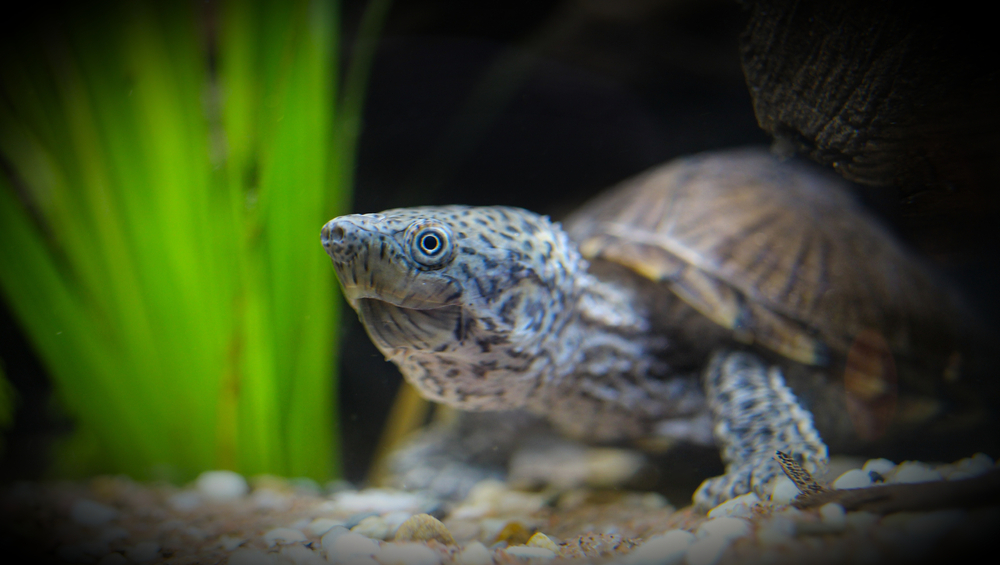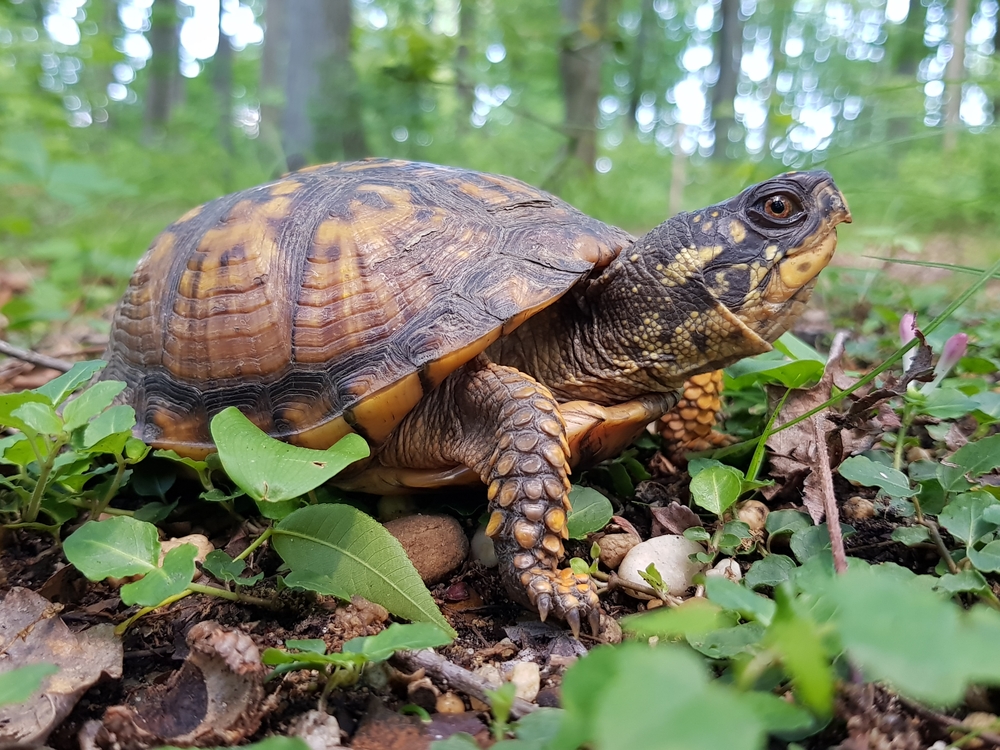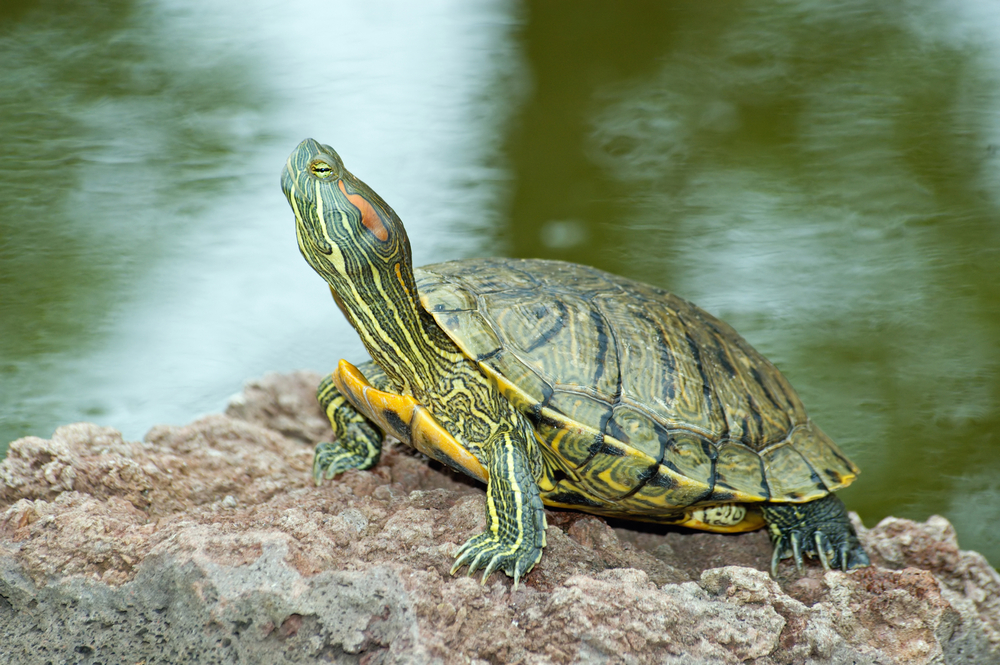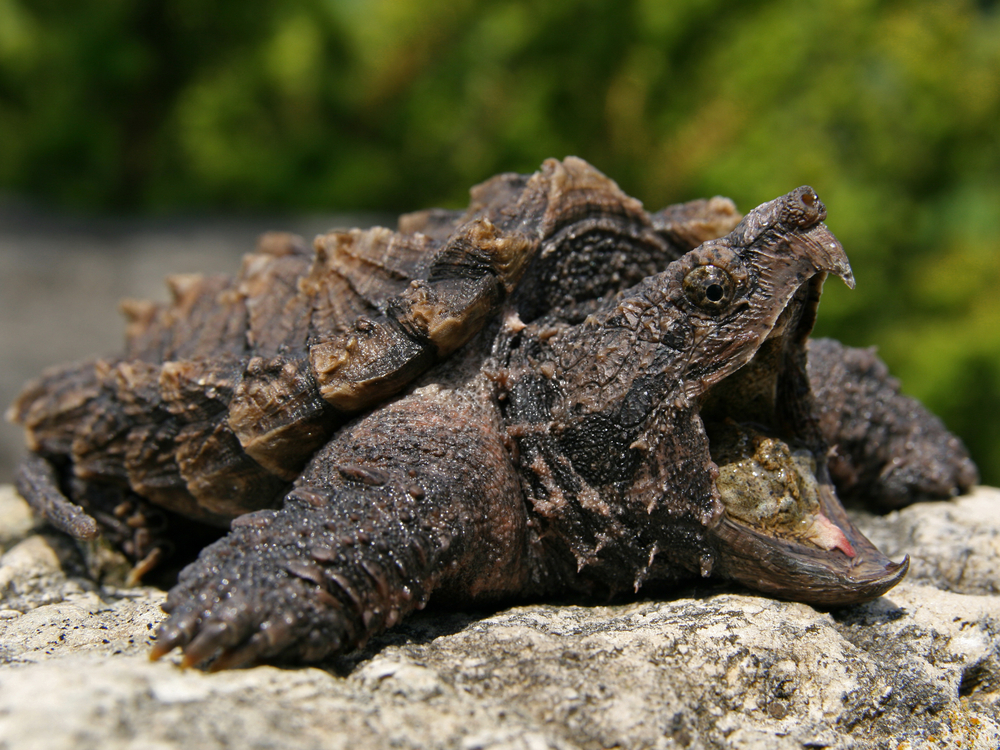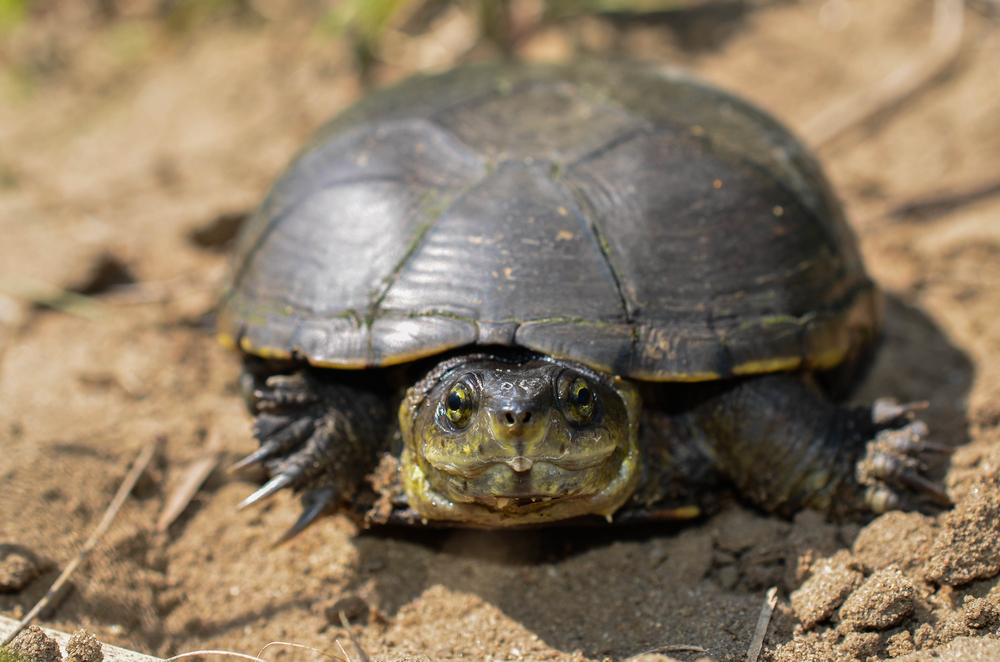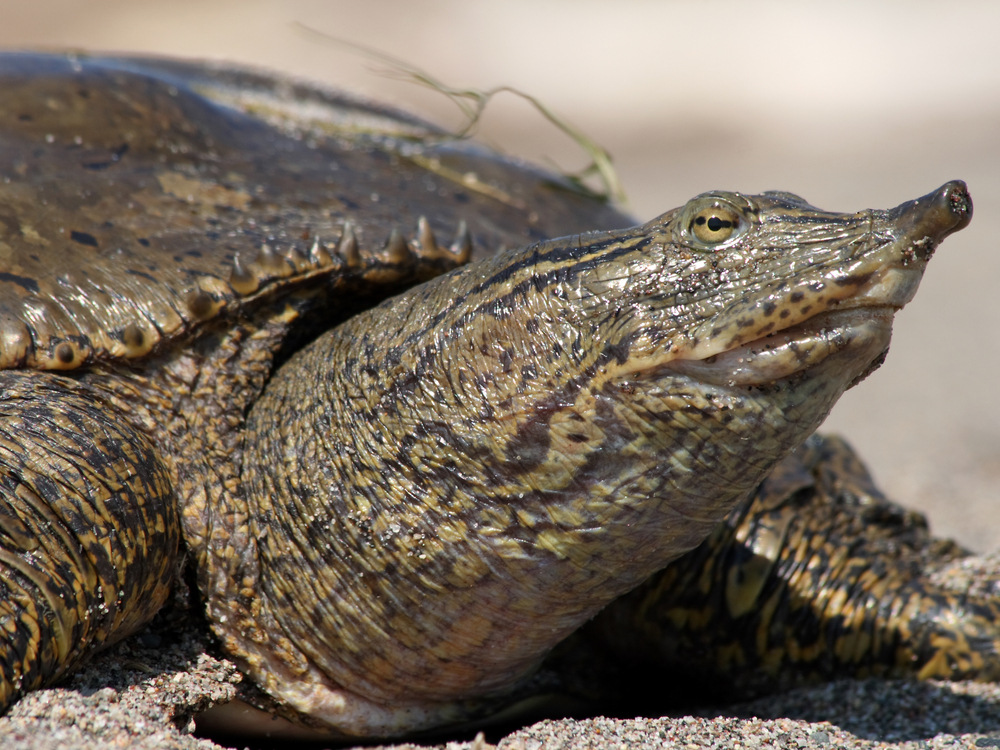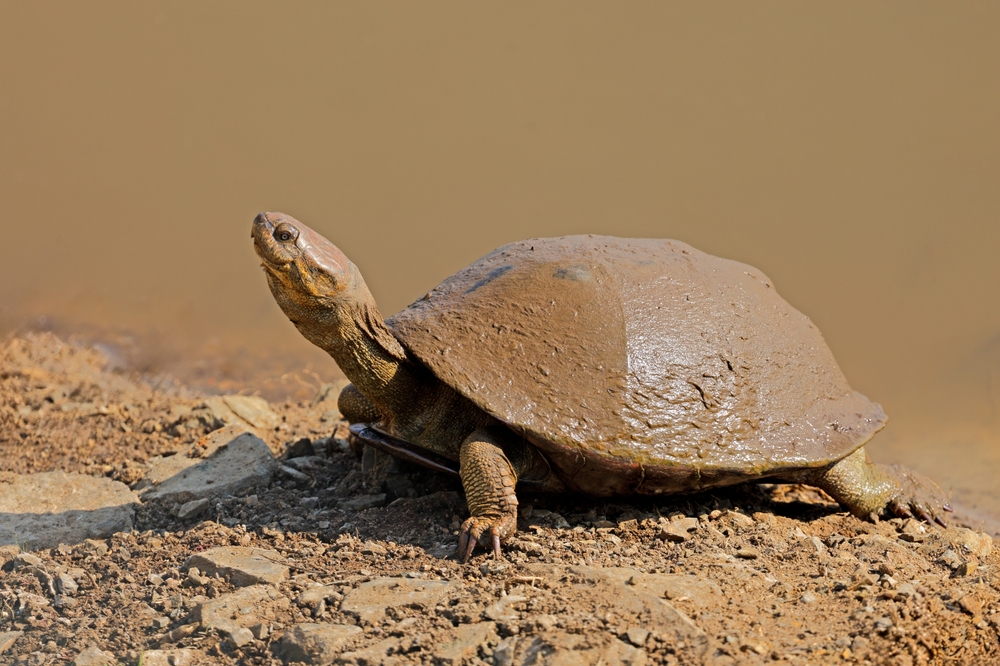About
#Reptile
The musk turtle, commonly called the common musk turtle or stinkpot, is a small, freshwater turtle native to eastern North America, ranging from southern Canada through the eastern United States down to Florida and Texas. It gets its nickname from the strong musky odor it can release from scent glands beneath its shell when threatened—a defense mechanism to deter predators.
Adults typically reach 7–14 cm (3–5.5 inches) in shell length. The carapace is dark brown to black, often dome-shaped and smooth, though older individuals may develop algae or rough patches. The head is large and triangular, with two distinct yellow or white stripes running from the nose past the eyes along the sides of the head. The neck is long, and the tail in males is particularly thick and pronounced.
Musk turtles are highly aquatic, preferring slow-moving, shallow waters such as ponds, swamps, and sluggish rivers with soft, muddy bottoms and abundant vegetation. They are mostly bottom-dwellers, using their short legs and clawed feet to forage along submerged surfaces.
They are omnivorous, eating aquatic invertebrates (insects, snails, worms), small fish, algae, and decaying organic matter. Their strong jaws allow them to crush hard-shelled prey like snails and crayfish.
Although poor swimmers compared to some other turtles, they are agile climbers and can often be seen climbing submerged branches or basking on logs just above the water. They are mostly nocturnal or crepuscular, foraging at night or during low light.
Reproduction is oviparous. Females lay 1–9 eggs in shallow nests on land near water. Hatchlings are tiny and vulnerable but well-equipped for survival in their aquatic habitat.
The musk turtle’s scientific name is Sternotherus odoratus, and it belongs to the family Kinosternidae.
Threatened:
Extinct
Critically Endangered
Endangered
Vulnerable
Near Threatened
Least Concern



































































